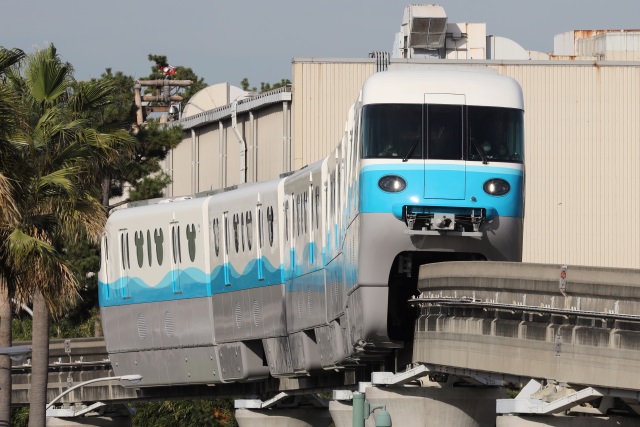Let me continue from where I left off my last post. I'm going to describe the tramcars on the Haga-Utsunomiya LRT line.
The EMU HU300 series is the sole model on the line. A total of 17 sets were built by Niigata Transys in technical partnership with Bombardier (present Alstom). They are set HU301 to HU317. One set is 29.52 meters long, which just barely stayed within the limit of the Tramways Act of Japan, namely 30 meters. It's composed of 3 cars and each car has one bogie. One set can accommodate 160 passengers, which is the largest capacity of the Japanese tramcars.
The good thing about the interior of the HU300 series for me is its box-type cross-seats. They are black-colored and classy. On the other hand, the priority seats are long-seats. It makes it easier to sit down and stand up for elderly passengers. Regarding the technical specifications, the HU300 series has an IGBT variable-frequency drive electric control system. Each car has one 100 kW three-phase induction motor. The current maximum running speed of the HU300 series is 40 kilometers per hour, but its maximum design speed is 70 kilometers per hour. I hope Haga-Utsunomiya LRT will raise up its operating speed in the near future.
Incidentally, set HU306 is the special poster train of Utsunomiya Brex, which is a professional basketball team based in Utsunomiya City. Its bodies are decorated with team logos and famous players' portraits. Set HU306 holds a special place in the HU300 series.



















